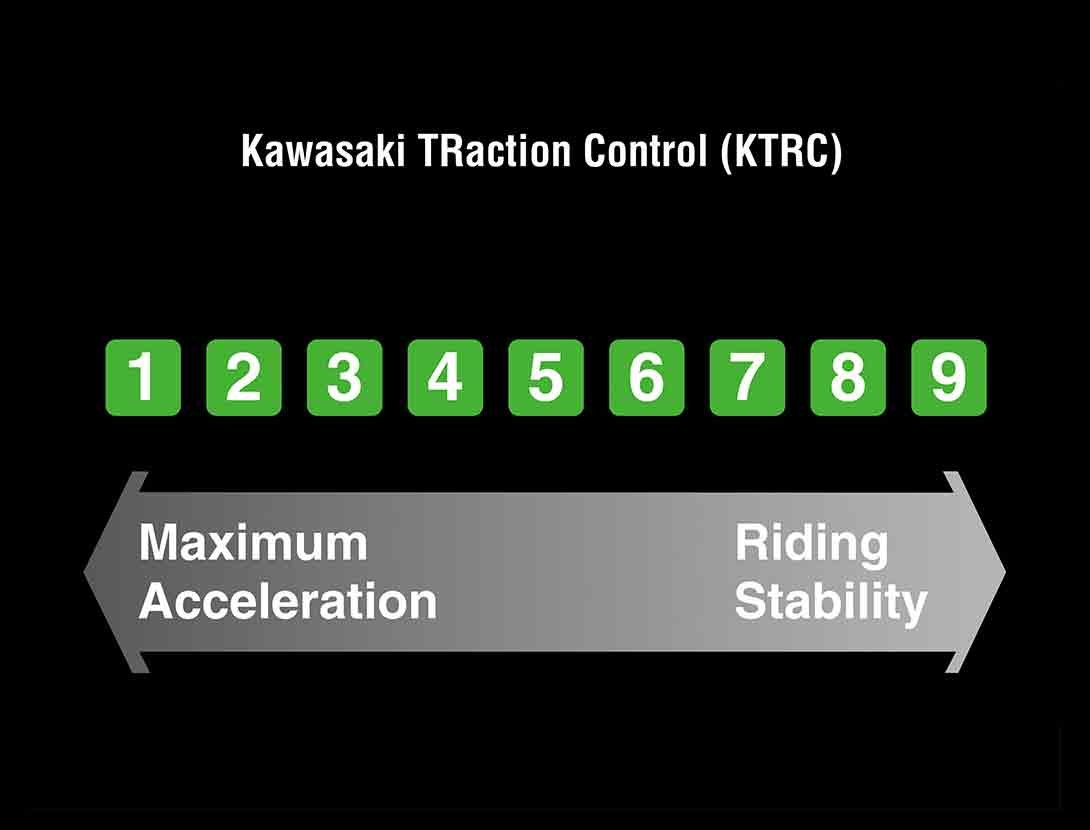





2024 Kawasaki Z900RS ABS YELLOW BALL EDITION
NO SURPRISES, our price includes all fees, Dealer discount and Kawasaki $600 Mega Cash discount. HST and licensing are extra.
NO MONEY DOWN, low interest rate financing available for up to an 84 month term (on approved credit).
LOW COST DELIVERY available throughout southern Ontario. Contact us for a quote.
There’s no place for fake in the lifestyle you choose. Kawasaki alone has the heritage to deliver yesterday’s values to today’s riders in a truly authentic Modern Classic bike. The visceral spirit of a 1970s legend – Kawasaki’s original king of cool Z1 – finds expression in the Z900RS, to satisfy the very essence of the rider you are now.
FEATURING:
Finished in 2-tone Candy Green and Yellow
948 cc liquid-cooled, fuel injected, in-line 4 cylinder engine
Assist & slipper clutch
Authentic retro styling
Iconic teardrop fuel tank
Tuned stainless steel exhaust system
Round LED headlight
Bullet shaped analogue dials
“KAWASAKI” heritage logo tank emblems
"DOHC" badging on side and engine covers
Passenger side grips
1 year, unlimited km warranty, with up to 4 extra years Kawasaki Protection Plan (KPP) and Emergency Roadside Assistance (KERA) coverage available at a slight extra charge.
ASSIST & SLIPPER CLUTCH
|
Dual Throttle Valves
|
ECONOMICAL RIDING INDICATOR
Using high-precision electronic control for engine management, Kawasaki models can achieve a high level of fuel efficiency. However, fuel consumption is greatly affected by throttle use, gear selection, and other elements under the rider's control. The Economical Riding Indicator is a function that indicates when current riding conditions are consuming a low amount of fuel. The system continuously monitors fuel consumption, regardless of vehicle speed, engine speed, throttle position and other riding conditions. When fuel consumption is low for a given speed (i.e. fuel efficiency is high), an "ECO" mark appears on the instrument panel's LCD screen. By riding so that the "ECO" mark remains on, fuel consumption can be reduced. |
ABS (ANTI-LOCK BRAKE SYSTEM)Kawasaki ABS systems use front and rear wheel sensors to constantly monitor wheel speed. Should information from either of the sensors indicate that wheel lock has occurred, the ABS ECU directs the pump in the ABS unit to modulate brake fluid pressure (releasing and reapplying pressure so that traction can be regained) until normal operation resumes. ABS offers rider reassurance that contributes to greater riding enjoyment. |
ERGO-FITProper fit is key for rider comfort and control. However, the ideal fit varies from rider to rider, depending on their physical dimensions and riding style. ERGO-FIT is an interface system designed to allow riders to find their ideal riding position. Various points of the chassis interface (the handlebar, footpegs and seat, etc.) can be adjusted through a combination of interchangeable parts and parts with adjustable positions. This enables a wide range of riders to find a riding position that offers both comfort and control. Feeling at one with their machine, they will be able to experience how Kawasaki machines are fun and rewarding to ride. |
Sound TuningKawasaki has long had a reputation for building great-sounding bikes – a characteristic inherent in the Kawasaki engine architecture – but it is only recently that effort has been put into crafting a specific auditory experience through careful sound tuning of either the intake or exhaust system. Designed specifically to allow riders to enjoy their motorcycles aurally as well as physically, the carefully crafted auditory notes can be the key components of the street riding exhilaration offered by models that have benefitted from sound tuning. Sound tuning can include conducting sound research, designing intake and exhaust system components based on an acoustic test carried out in a sound room, and careful consideration of every detail of a system’s components to ensure a balance of performance and the desired sound. |
HORIZONTAL BACK-LINK REAR SUSPENSION
|
KTRC (KAWASAKI TRACTION CONTROL)
|






